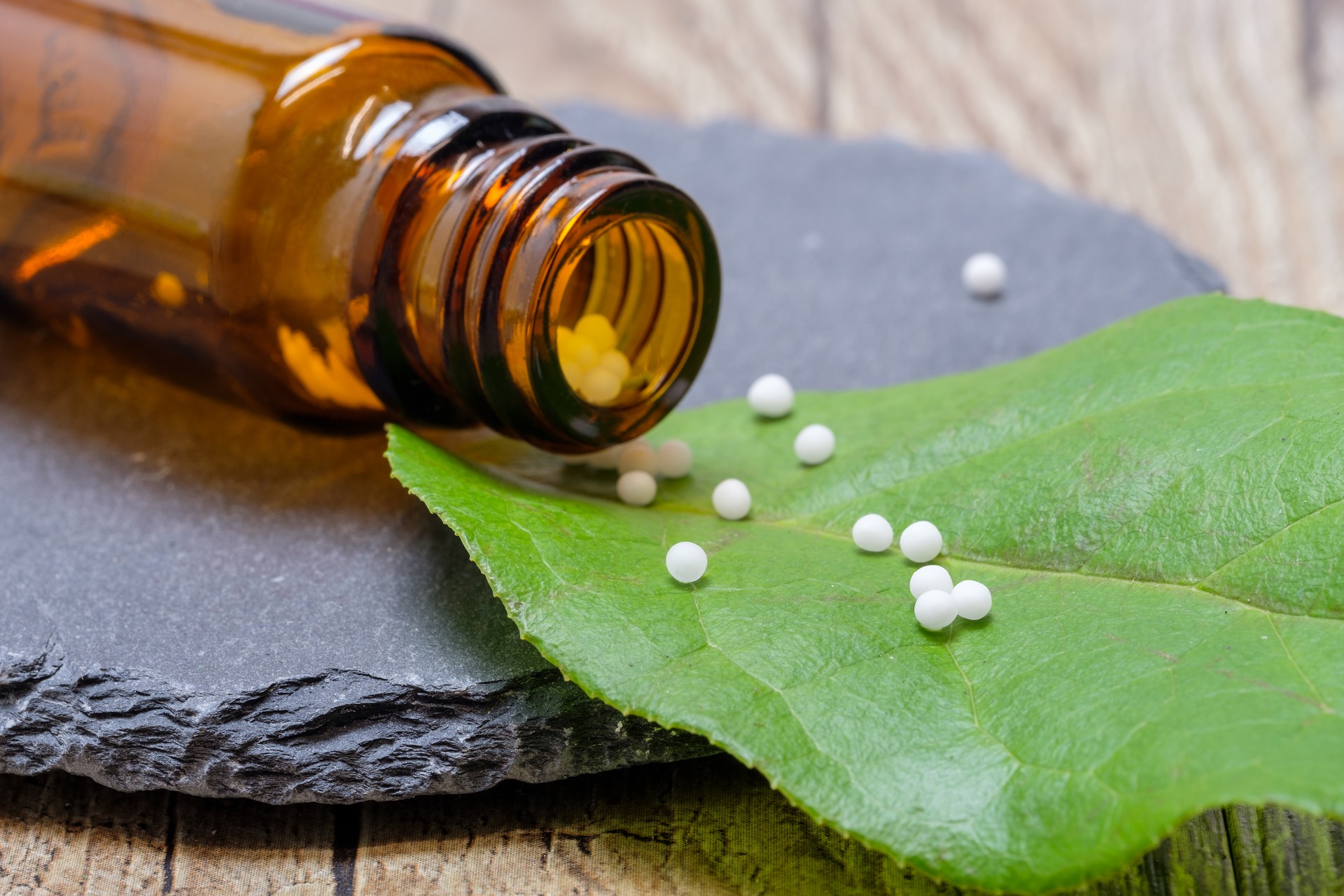

Rose Black Spot is a fungal infection in the plant. It affects roses and if it is left untreated the plant may die. The pathogenic fungus is known as Diplocarpon Roasae . To spread the disease needs wet conditions which makes it prevalent in the UK due to the constant barrage of rain. This is because in order to germinate(grow) the leaves of the plant must remain wet for several hours. Symptoms of the disease including yellowing leaves with black spots and scabs appearing on the leaves. In younger roses black marks may also appear on the stem. Infected leaves will eventually drop of the stem. Although this does have a chemical cure there is a constant flow of new strains meaning that 1 cure is never 100% effective. It is a very effective plant virus. This means that it is very common but it is rarely fatal because of variety of treatment and cures available.

There are many cures for Rose Black Spot ranging from just cutting off infected eaves to fungicides and everything imbetween.This paragraph will tell you all about them so you can make an informed decision on which one is suitable for your roses. Cutting of infected leaves is only effective in the short term and the disease could come back again. If so the chances of the plant dying is higher because it is weakened. However a extreme solution like Fungicides may not be correct solution because Fungicides are toxic to Fungi and in large quantities to humans so roses grown for consumption may not suitable. Moreover they can pollute the soil. A middle ground could be a aqueous solution of water and Sodium HydrogenCarbanate ( Baking Soda). Which can be made at home in the ration 1 gallon : 2 table spoons.